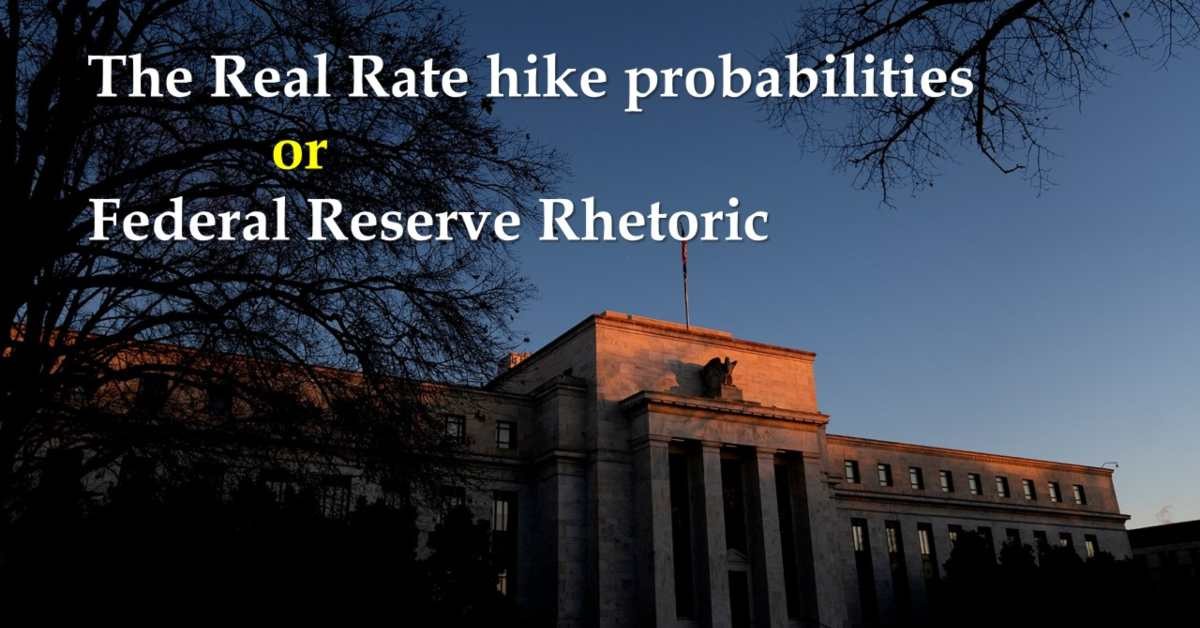The Real Rate hike probabilities or Federal Reserve Rhetoric
Half-Point Rate Hikes in May and then in June getting more in the spotlight, but on the other hand, war is going to last longer. However, market participants are now pricing on a 50bp rate hike!
War in Ukraine lowered the economic recovery pace across the globe, and now MFI expects less growth for the most developed economies in 2022. Still, inflation is not something simple to forget about that. We have to mention that just a week ago, US 10-years bond yields hit above 3% before easing towards 2.75% earlier today in the Asian season. The figure below shows the 10-years bond yields behavior in the past six months, compared with 50 serious Simple Moving Average. Both mentioned numbers are worrying, and FED has to do something about that.
While increasing bond yields in the past months raised the alarm of actual and expected high inflation soundly, falling in the past days also was scary because it came with growing concerns about the spread of war to new borders and higher levels.
Increasing inflation and expected inflation will hold back the consumer from shopping, therefore, less GDP and economic growth. On the other hand, the recent fall is seen after geopolitical fears, which also means a possible recession.
We know about the essential tool of the Fed. FED repeatedly talked about its tools to control inflation and the market. Open-market operations, Lending at the discount rate to member banks, and Setting the reserve requirements on member banks, are the main tools of the Federal Reserve.
Fed speakers are one of the most potent tools that the FED usually using them; without mentioning that, it is a substantial market balancer. However, there is another tool that is not talked about much. Or better to say, FED does not like to talk about that.
Remember that a 0.50% or 50bp rate hike had a 90% chance for the March meeting before Fed Chair Powell walked it back. Usually, Fed uses its Uncertainty Principle very much. "Federal Reserve staff, including those at the Chicago Fed, generally do not speak a week publicly before the Saturday preceding a Federal Open Market Committee (FOMC) meeting and the Thursday following that meeting. This time is referred to as the FOMC blackout period." I call it "A period of thinking and doubting. "Usually, until the FOMC blackout period, members lead the market mindset in the direction that the FED wants, intending to lighten or intensify the impact of decisions on markets. They do precisely the same after meeting as well. Leading the market mindset with scheduled speeches is one of the ways that the FED controls the market. For example, FED needs a 50bp rate hike, and they know that increasing the rate with such big numbers can slow down the market movements or even reverse it in this situation. Therefore, with different speakers, they increase the chance of a 75bp rate hike, and then they grow as it was planned. They get what they want and can also control that emotional effect in the market!
And now we have to ask, does FED follow the market, or does it lead the market? The answer is with you! Whatever it is, do not forget about the Fed`s communication tool!


















